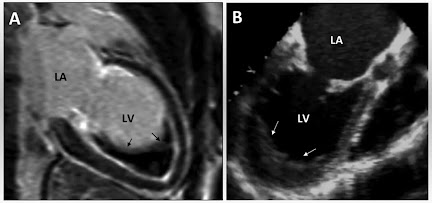Colour blindness
It is a condition in which a person is unable to identify one or more colours.Incidence
Male : it present about in 8% male.Female : it present about 0.4% female.
Causes
- Injury to retina.
- Disease of retina.
- Inherited disease
Types
- Monochromatism
- Dichromatism
- Trichromatism
Monochromatism
It is a rare condition in which a person is unable to identity any colour vision is similar to black and white photograph and everything looks grey.Types
- Rod monochromatism
- Cone menochromatism
Dichromatism
In this condition person can identify only two basic colours.
Types
- Protanopia / Primary dichromatism - Unable to identify red colour.
- Deuteranopia / Secondary dichromatism - Unable to identify green colour.
- Tritanopia / Tertiary diachromatism - Unable to identify blue colour.
Trichromatism
In this condition person can identify all three in colours but the intensity of one of primary colour can not identify properly.
Types
- Protanomaly / Primary trichromatism - Intensity for red colour is less
- Deuteranomaly / Secondary trichromatism - Intensity for green colour is less.
- Tritalomaly / Tertiary trichromatism - Intensity for blue colour is less.






No comments:
Post a Comment
Please do not enter any spam link in the comment box